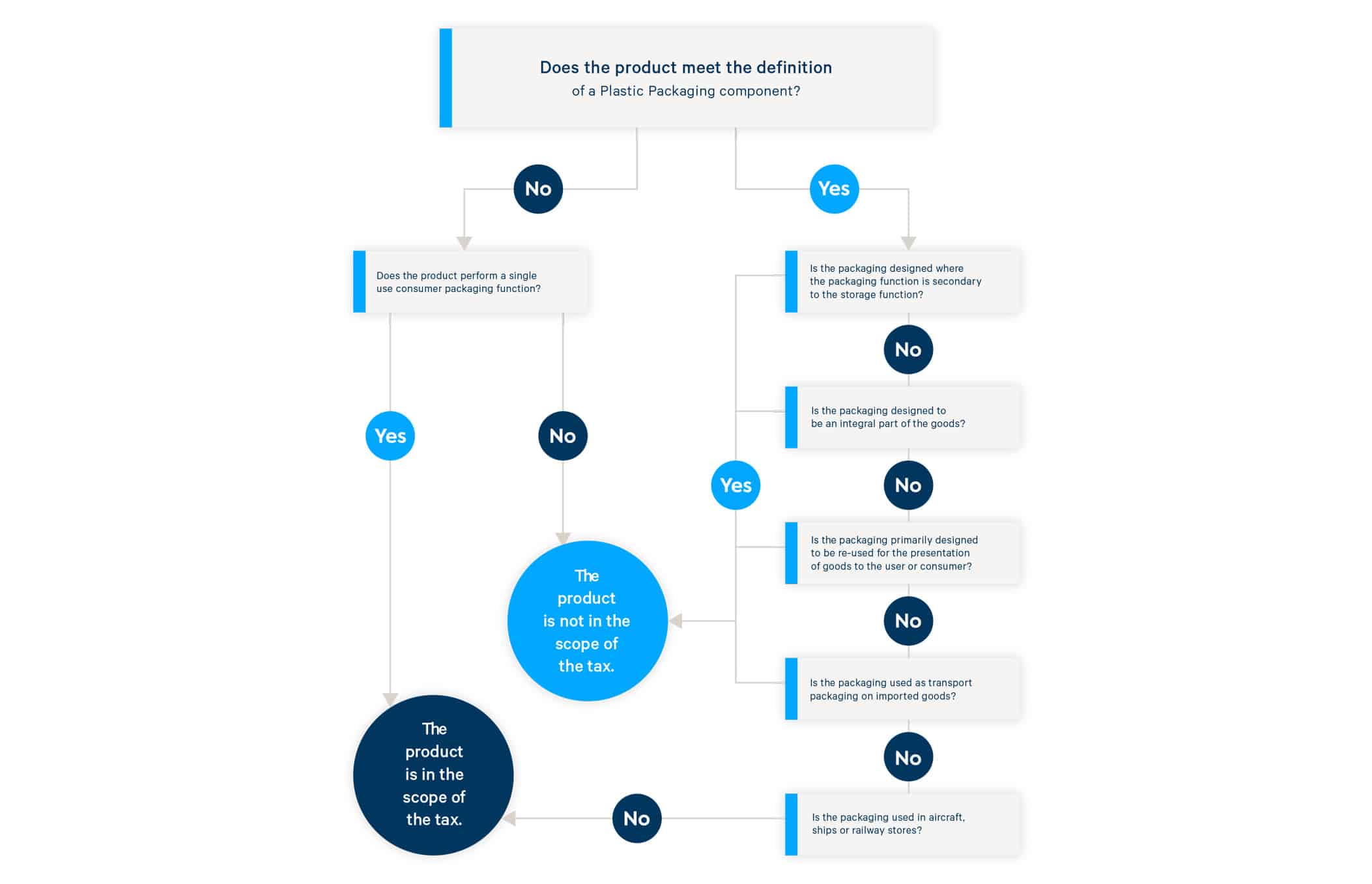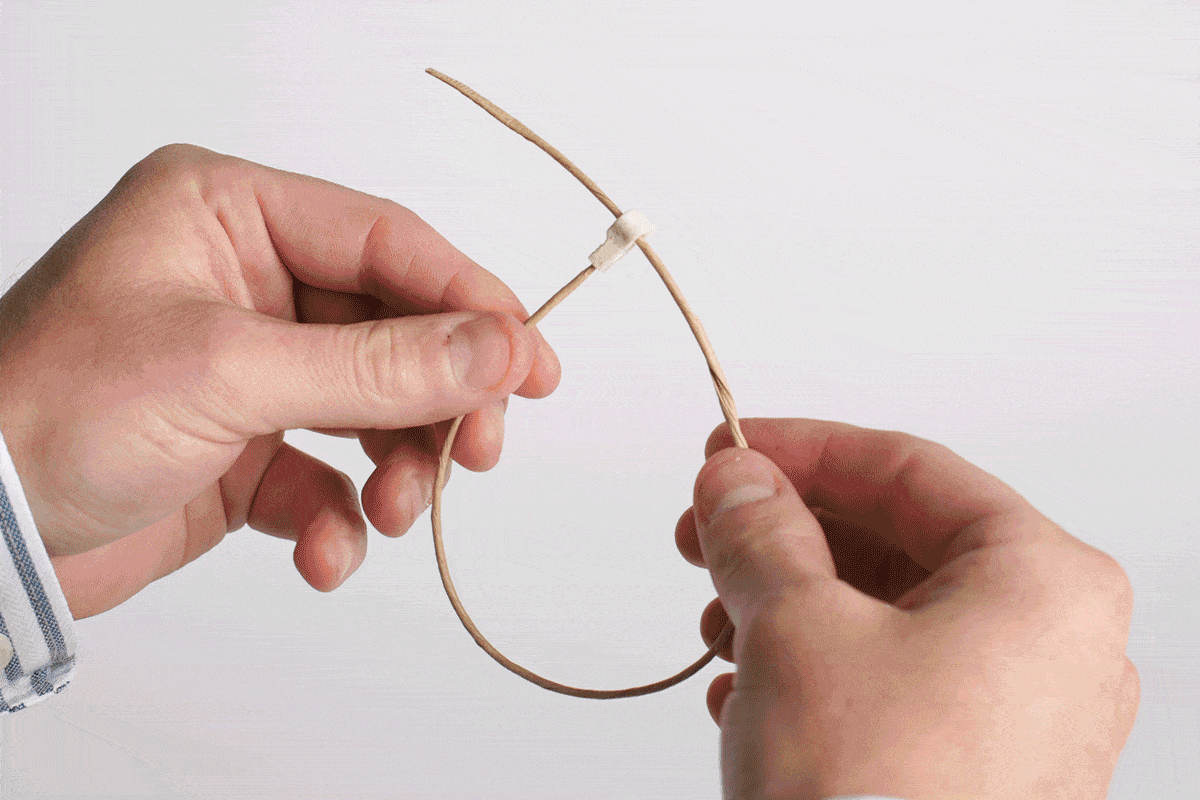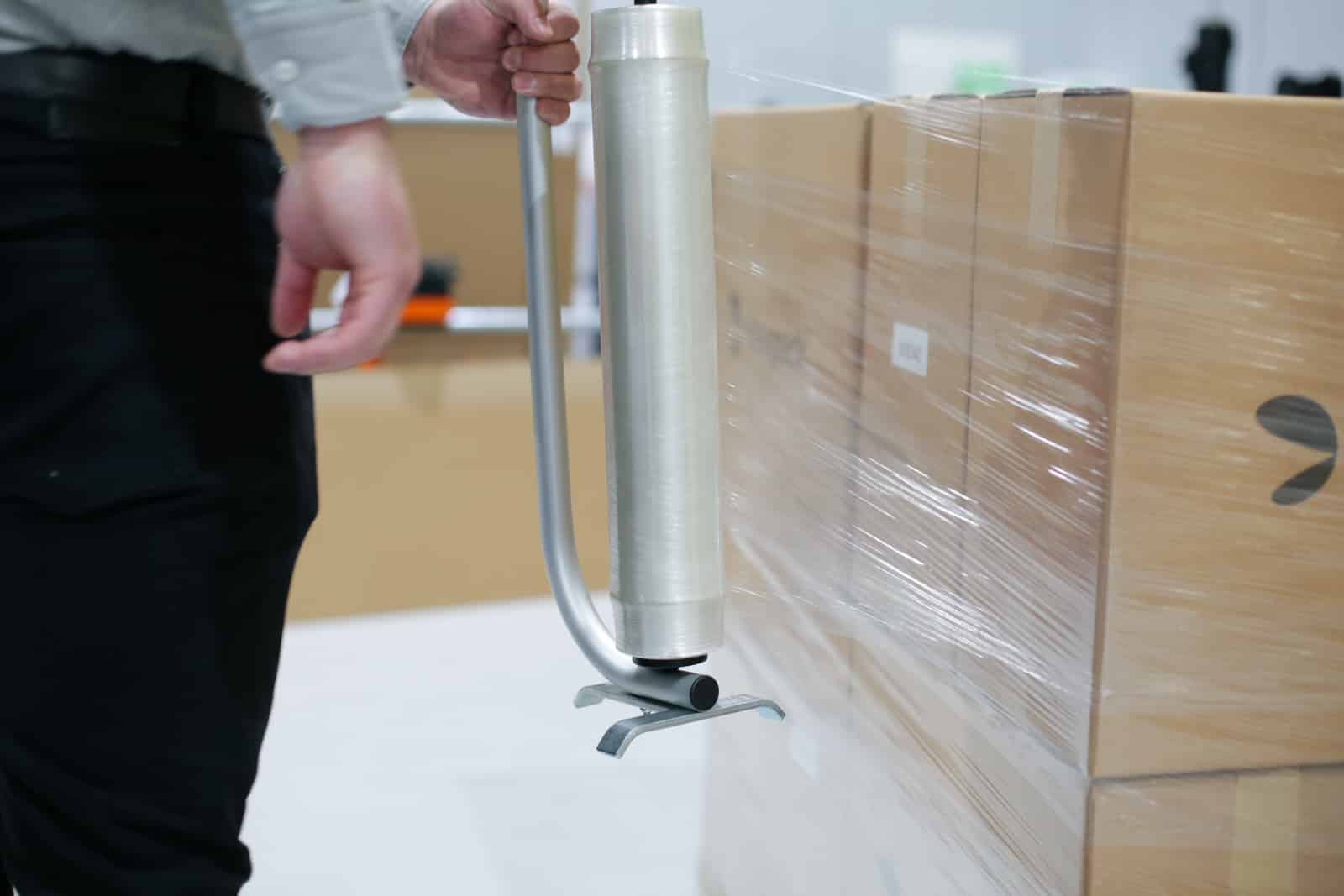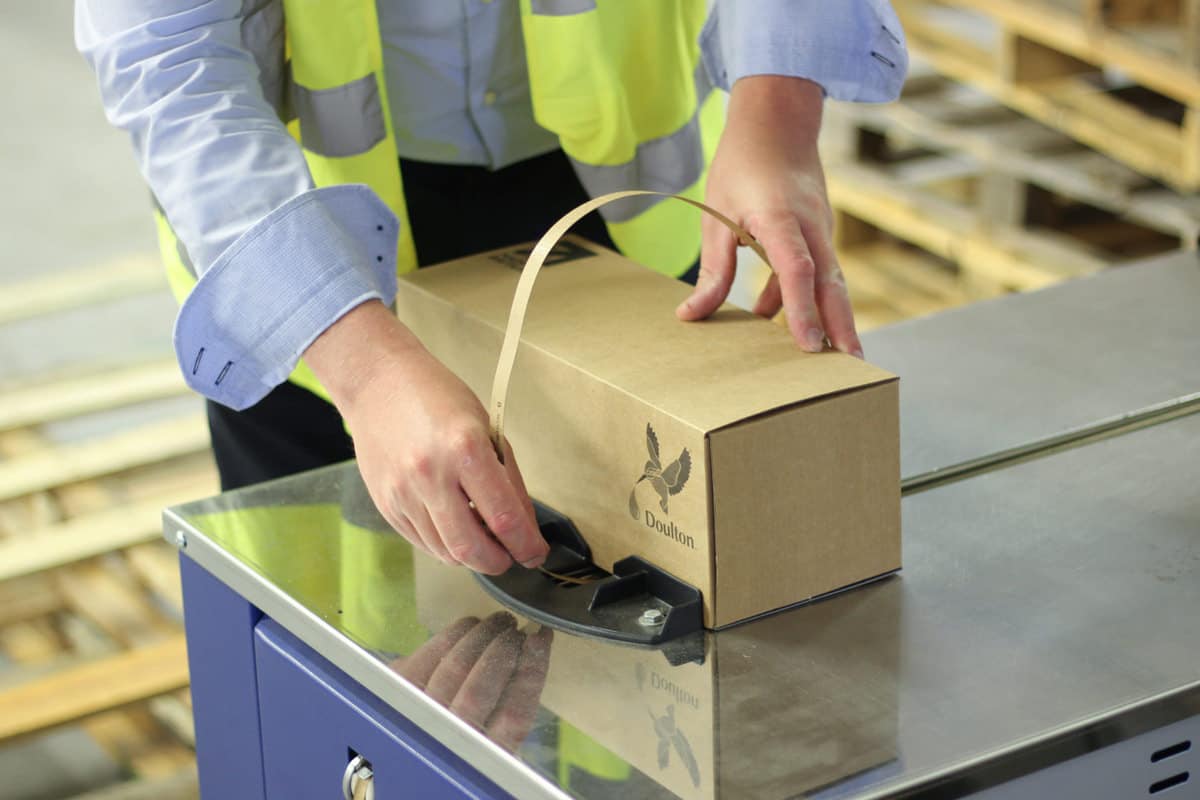The Details And The Key Dates.
How Much Is This Tax.
£200 per tonne tax rate for packaging with less than 30% recycled plastic imported to or produced in the UK.
Who pays the Tax.
The UK producer or UK importer who produces and/or imports more than 10 tonnes of plastic packaging per year. It is a one time tax and if you buy from a UK importer or UK Manufacturer they are obligated to have already paid the tax. Small operators who import or manufacture less than 10 tonnes of plastic packaging per year will be exempt from paying the tax. Once a business meets the 10 tonnes de minimis, it must register with HMRC. All businesses will be required to report plastic packaging data and pay tax on applicable volumes quarterly.
General Description.
This is a new tax that applies to plastic packaging produced in, or imported into, the UK that does not contain at least 30% recycled plastic. Plastic packaging is packaging that is predominantly plastic by weight.
It will not apply to any plastic packaging which contains at least 30% recycled plastic, or any packaging which is not predominantly plastic by weight.
Imported plastic packaging will be liable to the tax, whether the packaging is unfilled or filled.
The government will be holding a consultation on the design and implementation of the tax, which will be launched alongside Budget.
Key Dates.
At Budget 2017, the government announced a call for evidence into using the tax system or charges to tackle single-use plastic waste and received 162,000 responses.
At Budget 2018, a new tax on plastic packaging with less than 30% recycled plastic was announced. The government launched a consultation in February 2019 seeking input on the initial proposals for the design of the tax. A summary of responses was published in July 2019.
The tax will take effect from 1st April 2022.
What Products Will Be Affected.
A component must meet the following definition of ‘packaging’ to be liable for the tax:
“Is a product that is designed to be suitable for use, whether alone or in combination with other products, in the containment, protection, handling, delivery or presentation of goods at any stage in the supply chain of the goods, from the producer of the goods to the consumer or user.”
This definition captures consumer goods, such as cling film, bin bags and party cups, in addition to plastic packaging components to contain food, goods and transport of multiple items.
Plastic includes bioplastics, including biodegradable, compostable and oxo-degradable plastics.





